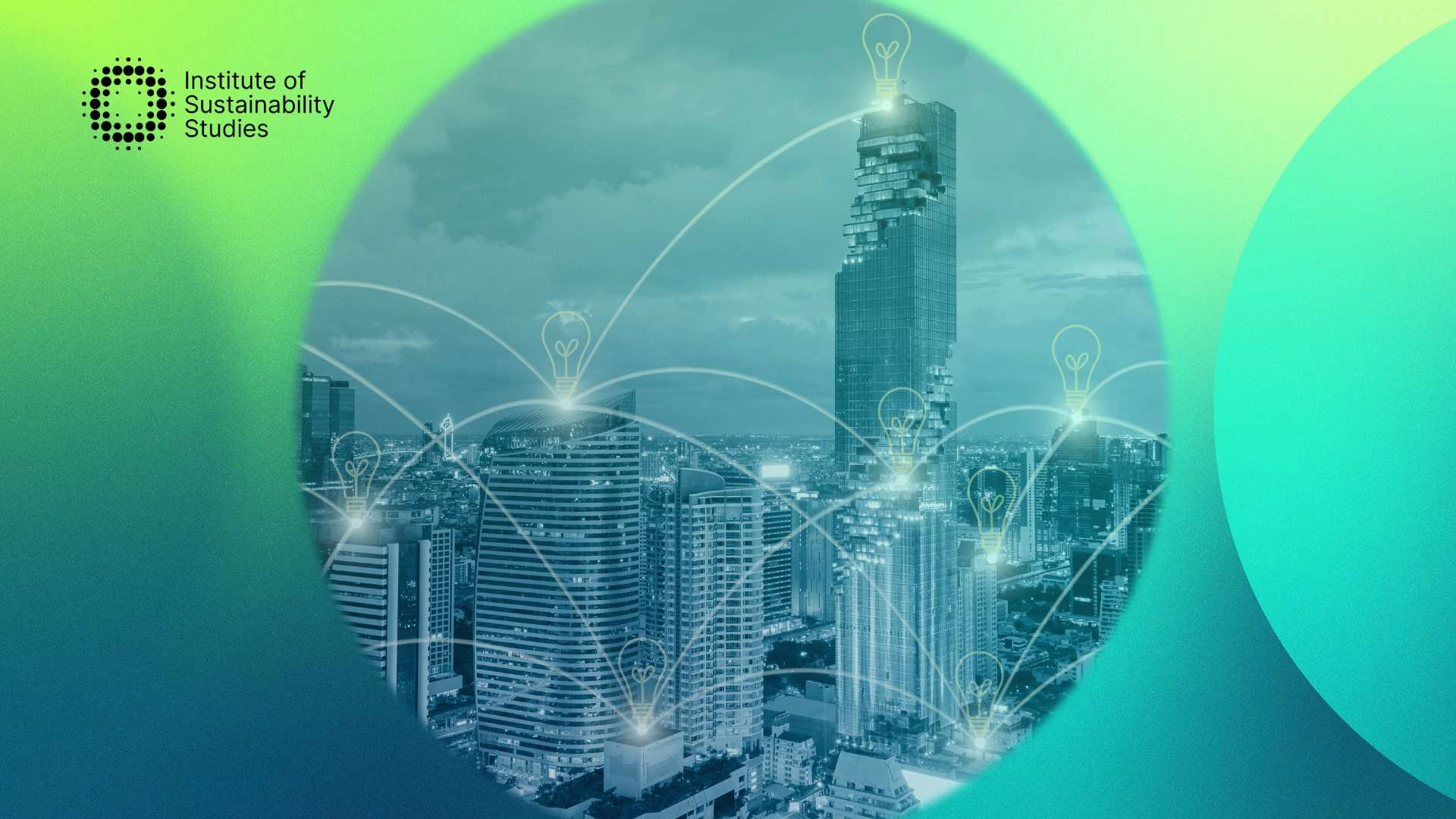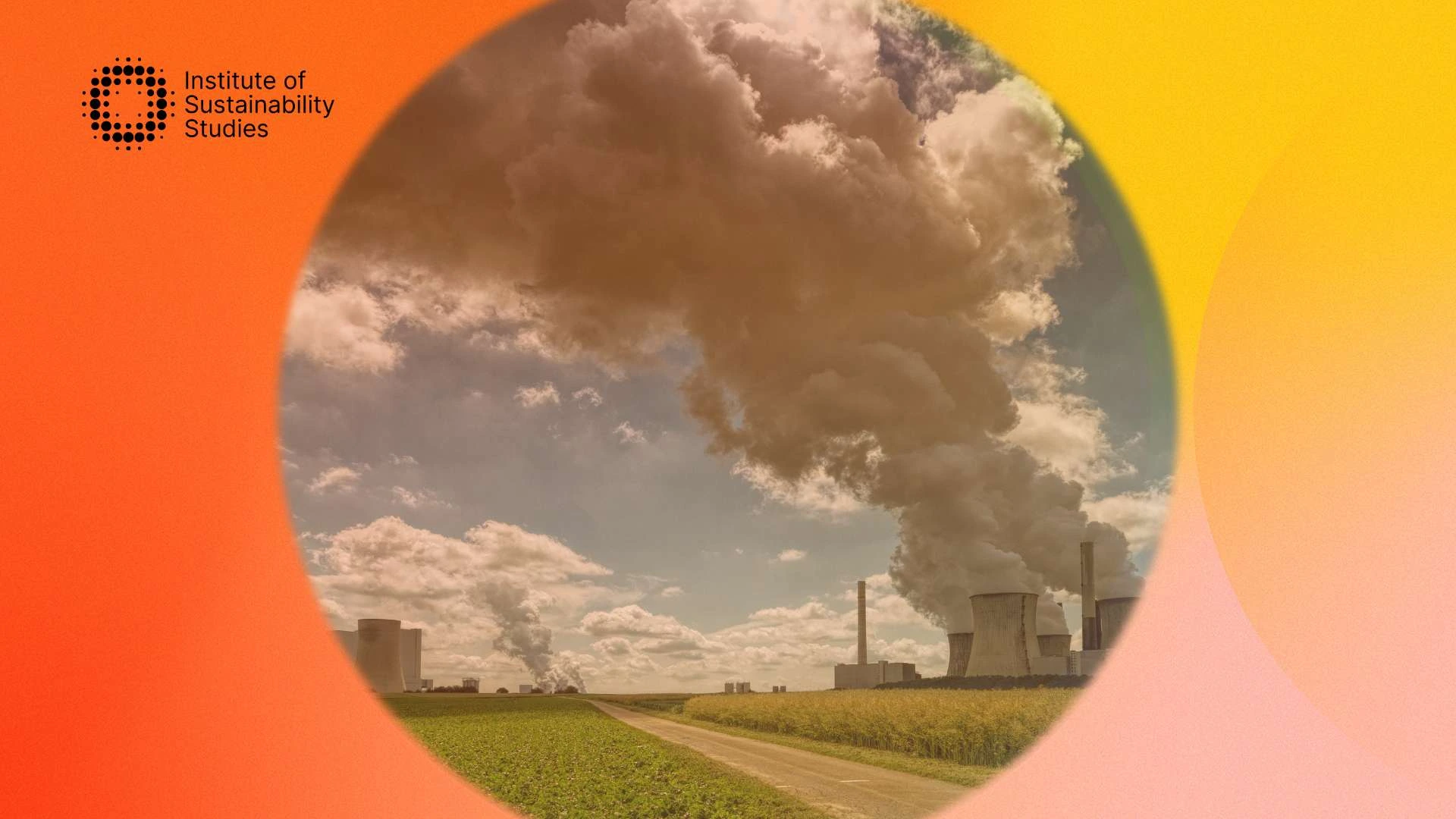As Europe aims for a zero-carbon future, raw materials like rare earth and lithium are predicted to overtake oil and gas. On the 16th of March, the European Commission released a press release that shared that the Commission proposed a comprehensive set of actions (The Critical Raw Material Act) to drive the EU’s access to an affordable, diversified, secure, and sustainable supply of these critical raw materials.
These materials are indispensable for a wide range of strategic sectors like the digital industry, defense sectors, aerospace, and of course, the net zero industry. Europe heavily relies on imports from third-country suppliers, so the demand for critical raw materials is expected to increase drastically.
The EU’s Net Zero Industry Act, which aims to increase the production of important net-zero or carbon-neutral technologies within the EU, is introduced concurrently with the Critical Raw Material Act to ensure competitive, sustainable, and secure supply chains for clean energy. Silmet, the only commercial rare earth separation facility, can be found in Estonia. It is the only one in the entire EU and is owned by a Canadian group known as Neo Performance Materials.This scenario underscores the importance of sustainability courses in preparing businesses for the evolving landscape of critical raw materials and sustainable practices.
What are rare earths, and why are they so critical for driving the energy transition?
The term rare earth is an umbrella for a group of 17 chemically similar elements that are vital to manufacturing many hi-tech products. Despite having rare in their name, most of them are abundant in nature. They are, in fact, hazardous to extract.
Some examples of rare earths include Neodymium, Lanthanum, Cerium, Praseodymium, Gadolinium, Yttrium, terbium, and europium. Rare earth elements have hundreds of uses, from creating banknotes to making missile guidance systems, and more. For instance, Lanthanum is an element used in telescopes and camera lenses.
Cerium, on the other hand, is utilised in catalytic converters in motor vehicles, allowing them to run at high temperatures. In addition, playing an important role in the chemical reactions in the converter. Both Lanthanum and Cerium are often used in the process of refining crude oil.
To put it simply, rare earth are critical raw materials that are necessary to drive the EU’s transition to sustainable technologies. Two rare earth elements that are processed at Silmet, praseodymium, and neodymium, are being used to create sintered rare earth permanent magnets.
These magnets will be energy-saving and can be used to drive train motors of electric vehicles. In some cases, they can save over 20 percent of the battery size required for electric vehicles. Europe has a strong understanding of the need for new mines, in addition to strengthening the complete raw materials value chain.
In terms of lithium, Imerys, a French company, is planning to exploit lithium deposits discovered below its kaolin mine. Lithium-ion batteries can play a crucial role in helping us make the switch to a more environmentally friendly, low-carbon, and renewable future.
Summary – the way forward
Critical raw material supply chains are often highly concentrated, with single countries dominating production. The Critical Raw Materials Act enables the EU to leverage the power of its single market to address these vulnerabilities. By ensuring a reliable and diverse supply of essential materials, the EU is better positioned to meet Europe’s climate goals.
This initiative highlights the importance of sustainable procurement practices, coupled with high environmental and social standards, to balance economic growth with climate action. As Europe advances its ambitions for a zero-carbon future, a robust approach to securing critical raw materials will remain at the heart of the region’s strategies.









